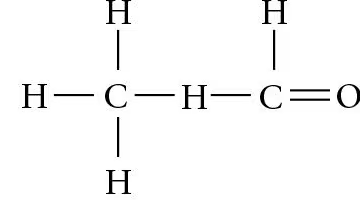Organic chemistry is currently defined as
a. The study of compounds made only by living cells.
b. The study of carbon compounds.
c. The study of natural (as opposed to synthetic) compounds.
d. The study of hydrocarbons.

 Verified step by step guidance
Verified step by step guidance Verified video answer for a similar problem:
Verified video answer for a similar problem:

